Celebrating Africa’s rich cultural, religious and human heritage.
Celebrating Africa’s rich cultural, religious and human heritage.
01 May 2024
01 May 2024
Andrew Ashdown, Partnership Coordinator for Africa, shares this reflection for African World Heritage Day on the 5 May.
Africa evokes many images. For most people, the media image of poverty, conflict and political instability probably prevails. But behind this reality - which is largely a consequence of centuries of colonisation and economic exploitation by external nations - lies a rich history of numerous diverse cultures that have left their mark on this huge Continent. Amongst the many historical sites in Africa are the great palaces and temples of Egypt; the remains of ancient cities in North Africa; the rock-hewn churches of Ethiopia; historical cities such as Aksum (Ethiopia), Agadez (Niger), Great Zimbabwe (Zimbabwe), Malindi (Kenya), Timbuktu (Mali), Kano (Nigeria), Zanzibar (Tanzania), Zeila (Somalia) – to name just a few. And of course the magnificent natural wonders – the deserts, plains, mountains, waterfalls, jungles and wildlife – that characterise its’ vast landscapes. It is sad that given so many conflicts during recent decades, (particularly in the Middle East) and given a very ‘western-centric’ focus in global media, events and the cultural life in Africa are so often overlooked.
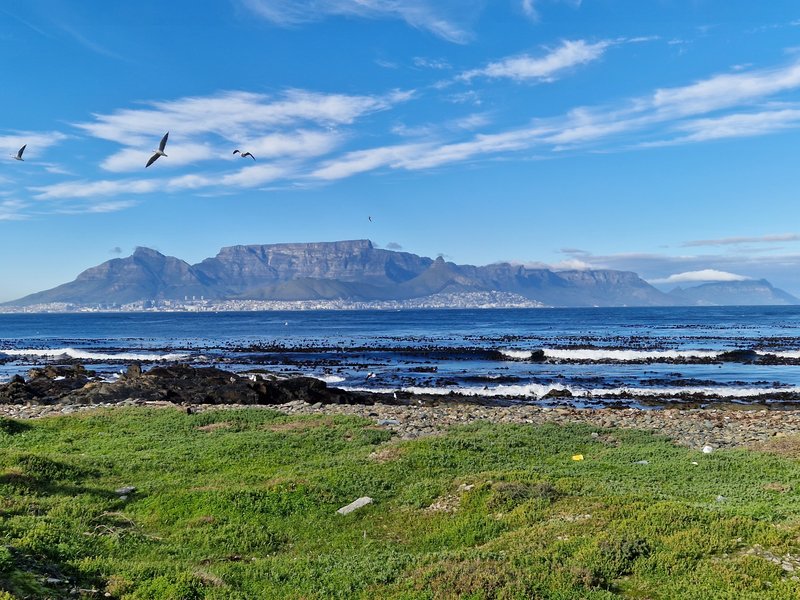
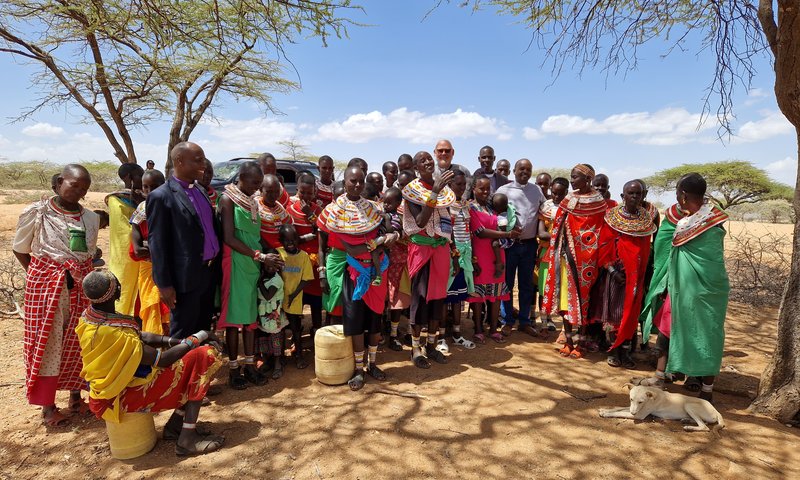
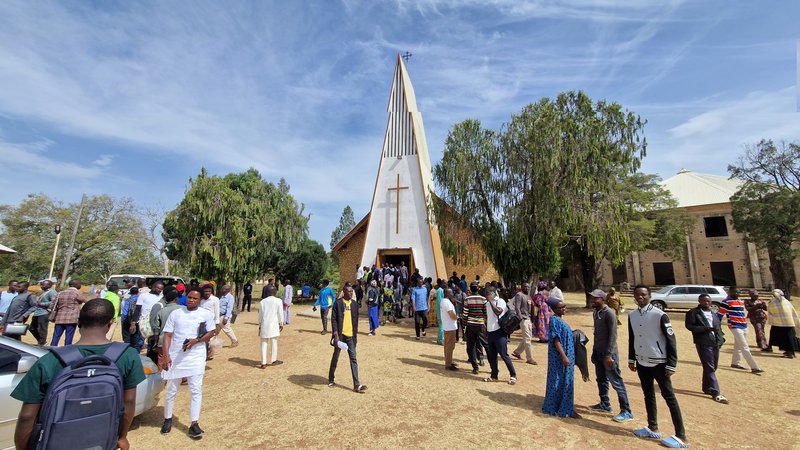

The Christian history of Africa goes back to the book of Acts when Philip converted the ‘Ethiopian Eunuch’, “a Court Official of Candace, Queen of the Ethiopians, who was in charge of her Treasury.” (Acts 8:26-28). Tradition states that he established the Church in Ethiopia, one of the oldest Christian communities in the world.
The history of western Christianity in Africa is mixed. Along with the well-meaning motives of ‘civilisation’ and ‘development’ came a disregard for age-old wisdoms and cultures; the imposition of modern political borders which divided populations; and the exploitation of resources that could have done so much more to empower and benefit the people of Africa, but which instead impoverished them.
Along the Coast of West Africa stand the slave forts, some of them British-built, which stand as a stark reminder of the slave trade. It is estimated that about 12 million Africans were transported from the Continent to Europe, the Caribbean and the Americas. An unknown number died either during or before the journey began. It is astonishing that the first Anglican Church in West Africa is situated in one of those slave forts at Cape Coast in Ghana. The chapel was built as a place of worship for the slave traders and is situated directly above the men’s dungeons where thousands were imprisoned, sometimes for months, before being put on the ships where many more would die. It is good that the history of the Anglican Church in Africa has been much more positive since.
Methodism had a more encouraging history. Following the abolition of the slave trade, Methodist missionaries sought to rehabilitate slaves in their homeland and to provide education, new life and a Christian foundation for returned slaves and local residents. Methodists were also among the first to encourage indigenous evangelists and lay preachers and so it was that the Methodist Christian mission was an African, as well as a European endeavour. In the Methodist Cathedral in Cape Coast in Ghana are buried the most famous of the early Methodist Missionaries, including Joseph Dunwell who founded the first Methodist Church in Ghana in 1835 and Thomas Freeman, the son of an African father and English mother. He arrived in Cape Coast in 1838 and died in 1890, becoming known as the ‘father’ of the Ghana Methodist Church as well being the first the Methodist African Missionary to Nigeria Benin and Togo. He established schools and societies from Cape Coast to Ashanti and also established the Methodist Church in Nigeria. The Methodist Church in Ghana is one of the success stories of Christianity in Africa. Today, the Church has 20 Dioceses, (plus a Missionary Diocese in USA); 350 Circuits; and over 4934 Societies. Its’ ministries include: Over 2700 Primary Schools; 30 Secondary and Tertiary Schools; 4 Colleges; 1 University and 7 Regional and Teaching hospitals.
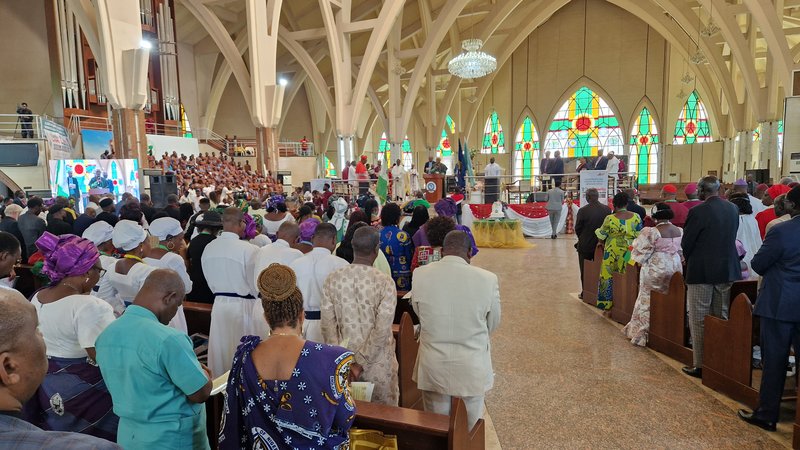
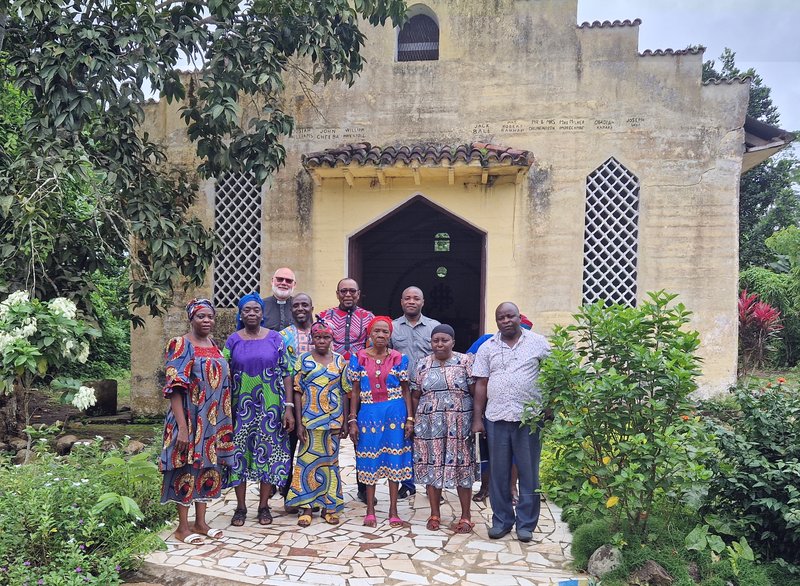
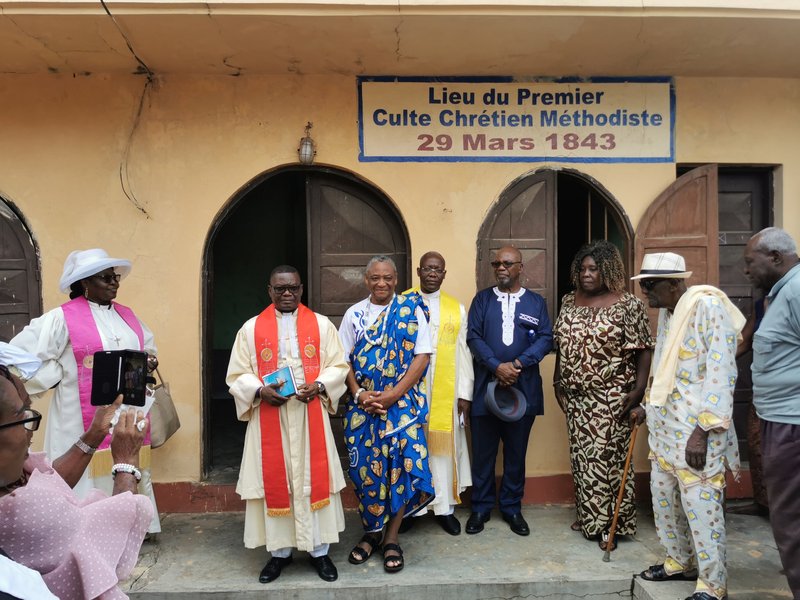
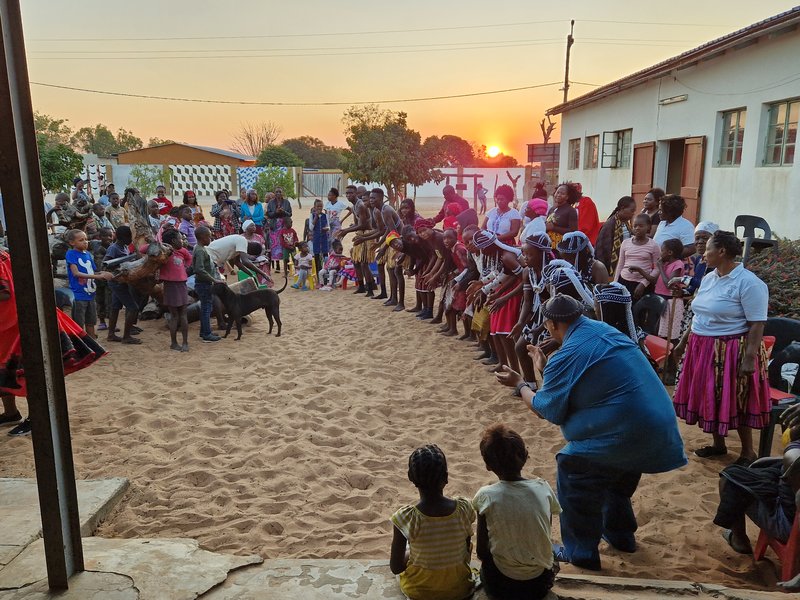
The Church in Gambia has a similar story. In 1818, the British Brigadier-General and Governor of the Colonies of Sierra Leone and The Gambia invited the Wesleyan Methodist Missionary Society (and other missionary agencies) to operate in Sierra Leone and The Gambia in order to rehabilitate liberated slaves and provide work, houses, education and fellowship for these dispossessed peoples. The WMMS responded in 1821 by sending Rev John Morgan and Rev John Baker to begin their work in Kombo, St. Mary Island. Two years after their arrival in 1823, Leman Island, also known as Georgetown (now Janjanbureh) in Central River Region, was identified as a suitable settlement for the newly liberated slaves. It was here that the first Wesleyan Methodist Church in Gambia was built. In 1824, Rev. John Morgan opened a school for liberated African children and a mixed-farming agricultural project, in order develop skills, work and food for the liberated slaves. The school continues to be an important institution for the region. Within 14 years of its arrival and establishment in The Gambia, the Wesleyan Methodist Missionary Conference had completed several churches and established new schools and social projects in several parts of the country, including Bathurst, (now Banjul). Education continued to remain central to the work of the Methodist Church in The Gambia. The Methodist Church Gambia gained autonomy on 24th May 2009 and has continued to undertake its primary missions of evangelism, education, training health care and agricultural development.
Similar stories could be shared from all over Africa. In Tanzania, the Methodist Church is leading the way in transforming attitudes to disability and undertaking a ministry to people with disabilities. In Kenya, a single Samburu Evangelist has succeeded in converting the Samburu tribe and establishing 26 Methodist congregations amongst the Samburu people in the vast arid plains of northern Kenya. The Church is helping the communities address issues of water conservation, gender violence and climate change. Throughout Africa, the churches are undertaking numerous transformational locally-led community development and income-generating initiatives to improve lives and address the many challenges that communities face. And the Church is instrumental in providing education and health care across the continent, its’ schools and clinics serving thousands of communities.
So whilst there is a great historic heritage that is under-recognised in popular discourse about Africa, the people of the Continent are rediscovering their cultural traditions, writing a new history of cultural development and growth and casting off the burdens of colonialism and dependency. Meanwhile, we are learning to walk alongside them as equal partners in a global environment, learning together how to address the challenges that are common to us all. And the Churches are playing a major part in that task.
Andrew Ashdown
Partnership Coordinator for Africa
Note: I highly recommend the just-published book:
Zainab Badawi. An African History of Africa. From the Dawn of Humanity to Independence. Ebury Publishing; 2024.